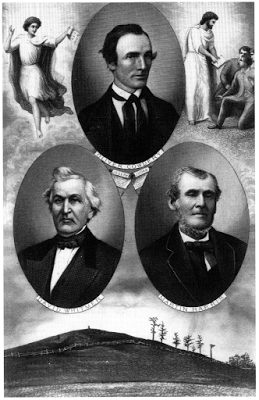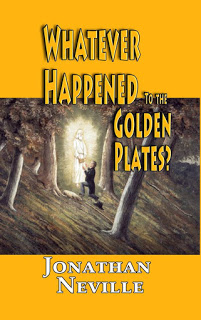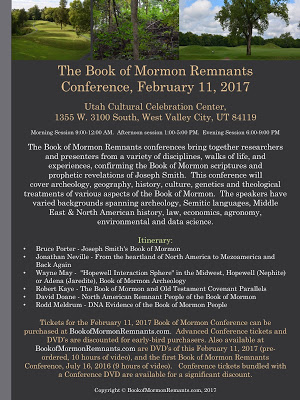Citation cartel spin on Zelph
Godfrey is skeptical of the Zelph account as you can see from the highlighted portion of the abstract:
When the twenty men who formed the vanguard of Zion’s Camp left Kirtland, Ohio, on 1 May 1834, they could not know that one of their most lasting and intriguing contributions to Latter-day Saint history would take place, not on a Missouri battlefield but rather on top of a large mound in Illinois. There, on 3 June 1834, members of Zion’s Camp located a few bones, including a broken femur and an arrowhead, approximately a foot below the earth’s surface, and these remains became the catalyst for revelation to Joseph Smith regarding the skeleton’s identity. Joseph called the land “the plains of the Nephites.” They believed that the mounds had belonged to “that once beloved people,” and they interpreted the mere fact that skulls and bones were readily found as evidence of the divine authenticity of the book.
Godfrey repeats the citation cartel’s insistence that Joseph Smith wrote the 1841 Bernhisel letter, of which there is zero evidence. Joseph didn’t sign it, he never mentioned it, and all the historical evidence points to Wilford Woodruff as the author. But the citation cartel will never tell you that.
Godfrey also repeats the citation cartel’s insistence that Joseph Smith wrote, edited, or approved of the anonymous Times and Seasons articles that claimed the Book of Mormon took place in Central America.
The Godfrey article articulates the basic position of the citation cartel that Joseph Smith didn’t know anything about the Book of Mormon, that he speculated, that he misled the Church about Cumorah, and that he changed his mind over time. “Evidently Joseph Smith’s views on this matter were open to further knowledge. Thus in 1834, when Zelph was found, Joseph believed that the portion of America over which they had just traveled was “the plains of the Nephites” and that their bones were “proof’of the Book of Mormon’s authenticity. By 1842 he evidently believed that the events in most of Nephite history took place in Central America.”
Godfrey’s skepticism fits the narrative of the citation cartel, so of course Book of Mormon Central would add this article to their archive while excluding other views.
And, of course, FairMormon does the same thing here:
________________
If you want a perspective alternative to that of the citation cartel, you can read this article by Donald Q. Cannon, which of course Book of Mormon Central does not add to their archive because it doesn’t fit their narrative: http://emp.byui.edu/marrottr/341folder/zelph%20revisited%20cannon.html
Source: About Central America




